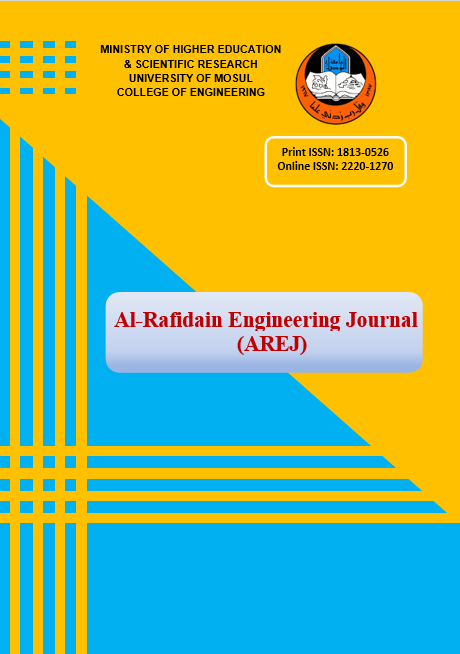Abstract
Wireless Sensor Networks (WSNs) are crucial in applications such as environmental monitoring, healthcare, and smart cities. However, the constrained energy resource of sensor nodes and the application may face some critical issues when a large number of sensor nodes are deployed with efficient data transmission. Previously, wireless sensor networks relied on flat routing protocols and location-based protocols for data transmission. Still, the main problem with flat routing protocols is that they perform inefficiently on a large network size. The results from direct communications amongst all nodes result in high energy consumption and congestion. These problems led to the development of hierarchical routing protocols (HRPs) to address these issues by organizing nodes into clusters, thus reducing energy consumption and improving network scalability. This reduces the communication overhead and extends the network's lifetime. This review paper reviews the challenges that led to the development of HRPs and recent developments that have been made for HRPs, with a focus on Power-Efficient GAthering in Sensor Information Systems (PEGASIS). It estimates the solutions these protocols offer and examines the remaining challenges, such as dynamic cluster management and load balancing. As a result, PEGASIS greatly improves energy efficiency and scalability, but there are still gaps for potential optimizations. So research efforts will be required in these areas to maximize performance and applicability for hierarchical routing protocols in WSNs
Keywords
شبكات الاستشعار اللاسلكيةWSNs))؛ بروتوكولات التوجيه الهرمي HRPs))؛ كفاءة الطاقة؛ LEACH؛ PEGASIS؛ التوجيه القائم على المجموعات.
Abstract
تُعد شبكات الاستشعار اللاسلكية (WSNs) ضرورية في تطبيقات مثل المراقبة البيئية والرعاية الصحية والمدن الذكية. ومع ذلك، قد تواجه موارد الطاقة المحدودة لعقد الاستشعار والتطبيق بعض المشكلات الحرجة عند نشر أعداد كبيرة من عقد الاستشعار فيما يتعلق بنقل البيانات بكفاءة. في السابق، اعتمدت شبكات الاستشعار اللاسلكية على بروتوكولات التوجيه المستوية والبروتوكولات القائمة على الموقع لنقل البيانات، ولكن المشكلة الرئيسية في بروتوكولات التوجيه المستوية هي أنها تعمل بشكل غير فعال على شبكة كبيرة الحجم. وتؤدي نتائج الاتصالات المباشرة بين جميع العقد إلى ارتفاع استهلاك الطاقة الازدحام. وقد أدت هذه المشاكل إلى تطوير بروتوكولات التوجيه الهرمية، وذلك لمعالجة هذه المشاكل من خلال تنظيم العقد في مجموعات، وبالتالي تقليل استهلاك الطاقة وتحسين قابلية الشبكة للتوسع. وهذا يقلل من عبء الاتصالات ويطيل عمر الشبكة. تستعرض هذه الورقة الاستعراضية التحديات التي أدت إلى تطوير بروتوكولات التوجيه الهرمي HRPs والتطورات الأخيرة التي تم إجراؤها لبروتوكولات التوجيه الهرمية، مع التركيز على بروتوكولات التوجيه الهرمي ذات الكفاءة في استهلاك الطاقة في نظم معلومات الاستشعار . (PEGASIS)تقدر الحلول التي تقدمها هذه البروتوكولات وتدرس التحديات المتبقية، مثل إدارة المجموعات الديناميكية وموازنة الأحمال. ونتيجة لذلك، يحسّن بروتوكول (PEGASIS) كفاءة الطاقة وقابلية التوسع إلى حد كبير، ولكن لا تزال هناك ثغرات للتحسينات المحتملة. لذا ستكون هناك حاجة إلى بذل جهود بحثية في هذه المجالات من أجل تحقيق أقصى قدر من الأداء وقابلية التطبيق لبروتوكولات التوجيه الهرمي في الشبكات العالمية لمجتمع المعلومات.
Keywords
Wireless Sensor Networks (WSNs); Hierarchical Routing Protocols (HRPs); Energy Efficiency; LEACH; PEGASIS; Cluster-Based Routing
